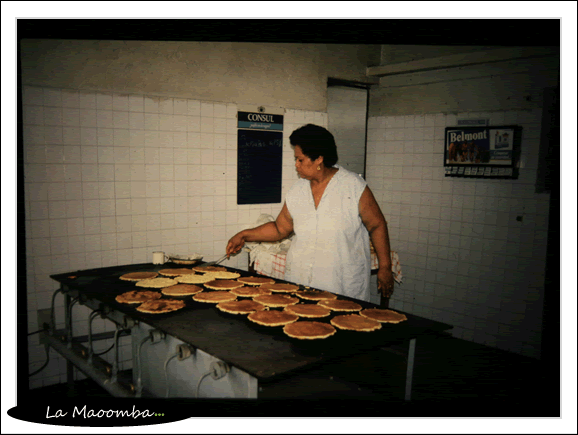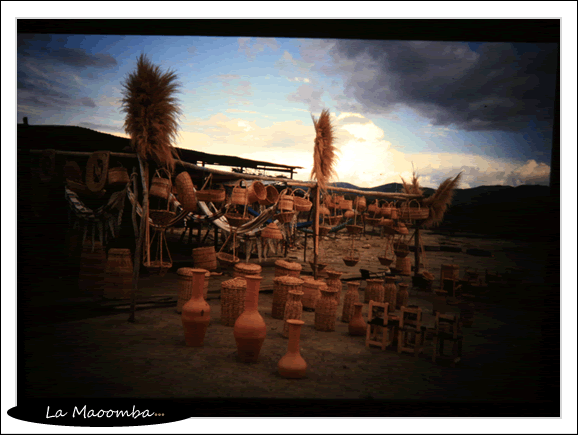Terry Hope Romero recently released her latest cookbook: Viva Vegan!: 200 Authentic and Fabulous Recipes for Latin Food Lovers. Thumbing through the index, I realized she must be Venezuelan. Sure, she includes recipes from all across Latin America, but I was immediately biased when I saw the words arepas, mechada, caraotas, and cachapas.

Mmmm, cachapas – large, fresh corn pancakes cooked on a griddle and eaten with any number of savory toppings. Given the chance, I might eat them every day, along with some fresh mangoes right off the tree, and a cafecito con leche.
I am Mexican-American – and do love my comida Mexicana, but I used to live in Venezuela and have a special fondness for their food. Vegan or otherwise. Romero does a good job of covering a lot of the core culinary specialties of Venezuela, as well as those of the numerous other Central and South American countries highlighted in her book. She does not favor one country over any other, but presents a range of snacks, entrees, side dishes, and desserts from each.

Food, like folk art, has distinctly regional qualities. A chance encounter with a smell, texture, or flavor can recall the flood of memories associated with it, taking you back to a particular time and place. For me, 1990 in Barquisimeto, Venezuela was where my mind went when I read about and ate some of the recipes presented in Viva Vegan.
Every day, we had caraotas (black beans) and rice for lunch. After school, my friends and I would duck into our favorite panadería and order café con leche and some type of pastry. After a late night of dancing, an arepa (a fat corn-meal based tortilla) filled with shredded meat, cheese, vegetables or other fillings always hit the spot. And, of course, tequeños (deep-fried, dough-wrapped cheese sticks), cachapas, fried yuca root, and patacones and tostones (fried green plantains, thick and thin-cut respectively), are snacks that I still eat when I can find them, which, unfortunately, is typically a challenge.
Romero presents all of her dishes in vegan form. All recipes are, therefore, egg- and dairy- free. Wheat is another matter.
Romero labels recipes as gluten- and soy-free when applicable. Wheat is not broadly used in most Latin American cooking, so there are a lot of dishes that are gluten-free. But, becausemeat is common in Latin America, Romero occasionally uses soy and wheat-based protein alternatives (e.g., tempeh, seitan) for her cookbook. As well, vinegar and other grain-derived sauces are occasionally used. With some careful substitution you can make these recipes gluten-free also, or just avoid them altogether…there are plenty of other GF recipes throughout the book.
The cookbook, fortunately, offers a number of food prep tips and background for unusual ingredients, cooking techniques, shopping lists, as well as regional menus to help you with your next dinner party. If you are looking for a way to spice up dinner, Viva Vegan is a great resource.
PS – the images of the cachapera and artesania shared above were photographed during separate trips to Venezuela taken between 1990 and 2002 with slide film. They were shown on a wall and photographed with a digital camera, causing them to have a particularly ethereal appearance.